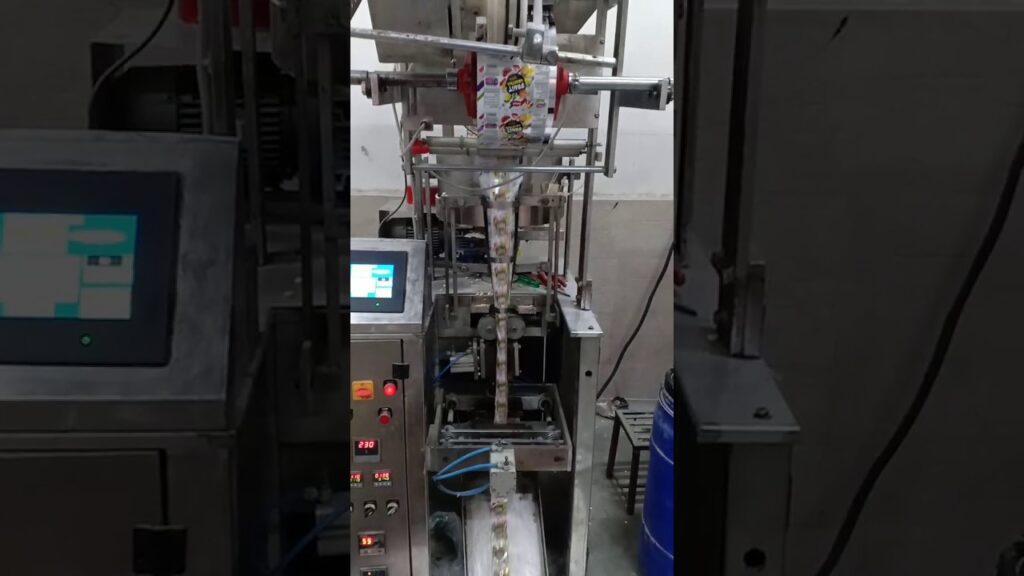In today’s rapidly advancing technology-driven world, it comes as no surprise that the adoption of automation has skyrocketed in various industries. One such example is the implementation of PLC (Programmable Logic Controller) systems in automatic packing machines. These machines have revolutionized the packaging process, making it more efficient, accurate, and time-saving.
PLC, an acronym for Programmable Logic Controller, is a specialized computer used in industrial control systems that automates various electromechanical processes. It acts as the brain of the automatic packing machine, controlling and monitoring the entire packaging process.
Through the use of PLC systems, automatic packing machines have undergone a significant transformation, resulting in increased productivity and reduced human intervention. The seamless integration of PLCs allows for precise control and synchronization of multiple packaging tasks, leading to improved efficiency and cost-effectiveness.
One of the key advantages of automatic packing machines with PLC systems is their ability to handle a wide range of packaging operations. These machines can perform tasks such as filling, sealing, labeling, and sorting with utmost precision and speed. PLC helps in achieving precise control over the packaging process, ensuring that each product is packaged accurately and consistently.
Additionally, the implementation of PLC systems in automatic packing machines has made it possible to incorporate advanced features such as real-time monitoring, fault detection, and remote control. These functionalities not only enhance the overall performance of the packaging process but also provide valuable insights into machine efficiency and potential areas of improvement.
For instance, in the event of a fault or malfunction, the PLC system can quickly identify the issue and automatically shut down the machine, minimizing the risk of product damage or operator injury. This real-time monitoring and fault detection capability help in minimizing downtime and ensuring smooth operations.
Moreover, the remote control feature allows operators to monitor and manage the automatic packing machine from a centralized location. This eliminates the need for constant physical presence, making the packaging process more flexible and convenient.
The integration of PLC systems in automatic packing machines has not only revolutionized the efficiency of packaging processes but has also contributed to increased product safety. PLC systems can ensure compliance with strict quality control standards and regulations by consistently monitoring and regulating factors such as product weight, temperature, and quality.
Furthermore, the flexibility offered by PLC systems enables automatic packing machines to adapt to different packaging requirements quickly. Changes in packaging size, shape, or material can be easily accommodated by reprogramming the PLC system, eliminating the need for lengthy and costly machine modifications.
In summary, the application of PLC systems in automatic packing machines has undoubtedly transformed the packaging industry. With their ability to automate and control various packaging tasks efficiently, PLC-based automatic packing machines have become an integral part of production lines worldwide.
With increased productivity, accuracy, and flexibility, these machines not only save time and costs but also ensure consistent product quality and safety. As technology continues to advance, it is safe to say that PLC-based automatic packing machines will continue to evolve and play a crucial role in facilitating efficient packaging processes across industries.
Automatic Packing Line
“Efficiency and Precision: The Power of Automatic Packing Machines”

